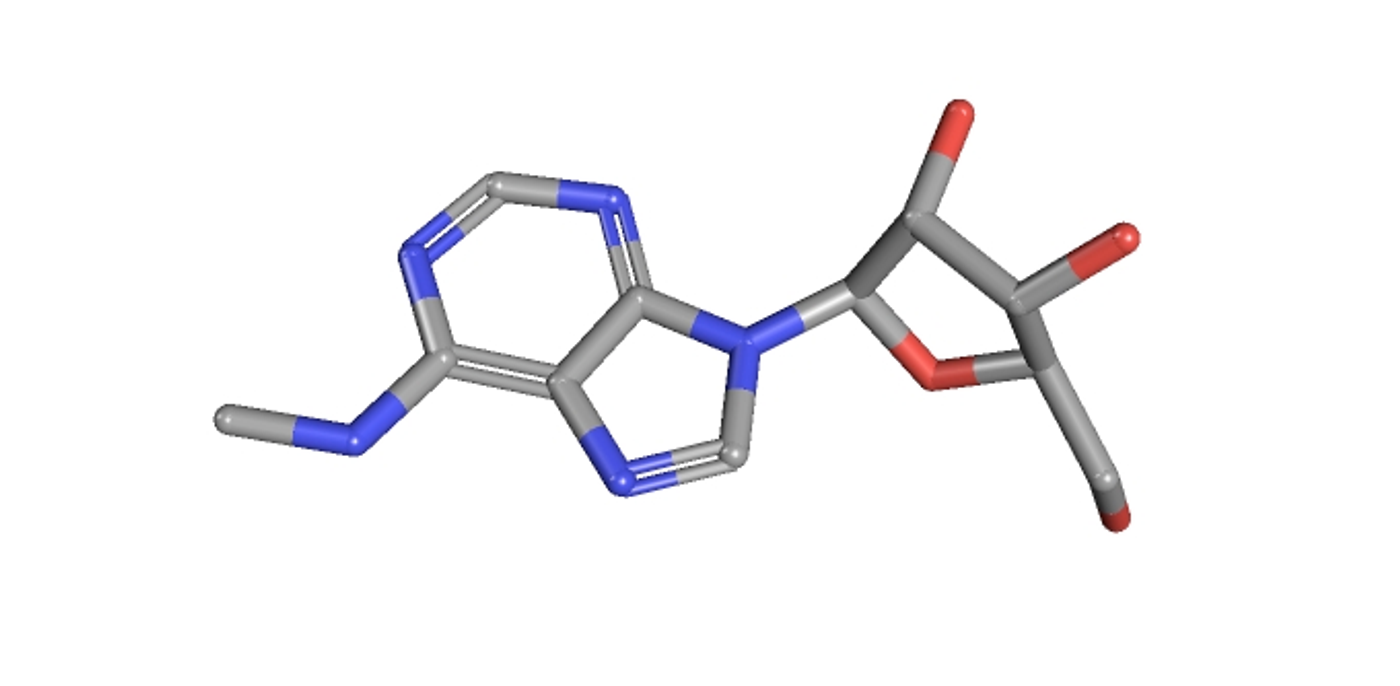RNA Modification Found to be Important to Neural Development
Genetic information from genes on DNA is first transcribed into RNA before being made into proteins, the major building blocks of our cells. RNA can undergo many types of modifications after it is created, however, and those alterations can have many different effects on the nature of protein expression. Researchers have now found that one type of RNA modification can exert an effect on the nervous system. In new work reported in Nature from scientists at the Institute of Molecular Biology (IMB) and Johannes Gutenberg University Mainz (JGU), it is revealed that the N6-methyladenosine (m6A) modification influences the sex determination of fruit flies.
Drosophila, the fruit fly, has long been a model organism for genetic studies. In this work, it is shown that the m6A modification, in which a methyl group at the N6 position modifies the RNA base, is abundant in the nervous system of the developing fly, and is crucial for the functioning of that system. When the researchers disrupted the cellular mechanism that makes the modification, they observed abnormal behavior in the flies. Without the ability to make the m6A modification, the flies moved more slowly, weren’t able to correctly fold their wings, nor were they able to properly orient themselves compared to flies with a normal m6A modification mechanism.
"The discovery that RNA modifications are so abundant on messenger RNAs was not anticipated until a few years ago and to my view this is one of the most exciting discoveries in the field in the last 15 years. Our study now sheds light on what they do in living organisms. We show that the m6A modification plays an important role in the function of the nervous system and in sex determination in the fruit fly, Drosophila. As this modification is also enriched in the vertebrate nervous system, it is conceivable that it has similar roles in humans,” explained the corresponding author of the work, Dr. Jean-Yves Roignant, a group leader at IMB.
Researchers know that RNA modifications are crucial for the proper regulation of genes; they have to be active or inactive at the right times, levels must be controlled, among the many changes that occur before RNA is translated into a protein. Over 100 types of chemical modifications to cellular RNA have been identified, with m6A being the most common. It has been shown that it’s a reversible change, just as what’s seen in DNA. This work has investigated how m6A modifications happen in a living organism.
As well as finding the influence of m6A in embryonic development, the research team found a new piece of the cellular machinery that controls the modification, called Spenito. Future work aims to learn more about the workings of the machinery.
"Now we have found that m6A is there and that it is important for neuronal functions, we want to understand more about its precise role. For example, is m6A important in all circumstances, or is it more involved in the fine-tuning of gene expression or in response to changes in the environment,” commented the first author of the study, Tina Lence, a doctoral student in the Roignant lab at IMB.
If you’d like to know more about RNA modifications, check out the following video.
Sources: AAAS/Eurekalert! via Johannes Gutenberg University Mainz, Open Biology, Nature









